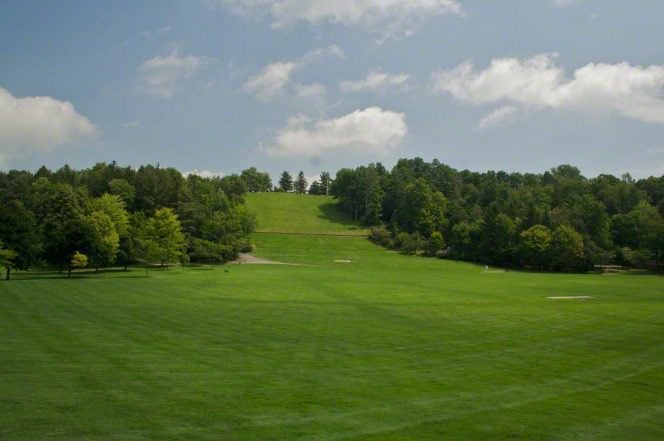
Continued, from a review that my colleague Stephen D. Ricks and I originally published in Sunstone in January 1988:
In chapters 5 and 6, Quinn attempts to demonstrate “magical” influences in the coming forth of the Book of Mormon, and seeks to document allegedly “occultic” parallds to its content. For page after page, he adduces occultic etyma that parallel the proper names found in the Book of Mormon. The number of these is sometimes simply staggering. In a single footnote paragraph (p. 131) at least a half dozen “occult” parallels are cited to the name Moroni. In these chapters, Joseph Smith begins to seem not merely a farmhand on the early American frontier, but a Renaissance magus, bedecked in a starry robe. In the introduction, Quinn says that he is not claiming that Joseph Smith or any early Mormons read “any or all of those books. Rather, the citations are intended to demonstrate the extent of the written tradition, which, in time., diffused widely within the oral tradition” (p. xviii). But how do we know that it had done so in the particular instance of the Smith family? Further, although Quinn expressly denies that these parallds represent direct thefts by Joseph Smith from magical lore, he states that they “suggest that the conceptual viewpoint (or paradigm) and language of these texts may have sometimes reflected the religious, intellectual, and cultural perspectives of the nineteenth-century folk culture to which they were directed” (p. 150). But what, precisely, does this mean? Have the names been reshaped (or actually chosen) to appeal to the cabalistic predilections and experience of the intended readership of the Book of Mormon? We ourselves find ancient Near Eastern etymologies of some of the names far more compelling than the “occult ” ones supplied by Quinn,
Our general impression is that Quinn’s evidence is sometimes being milked for rather more than it is worth. A few examples should suggest what we mean. Thus, to term such pseudepigraphic texts as the Testament of the Twelve Patriarchs and the Ascension of Isaiah “occult,” as he does in a discussion of the doctrine of multiple heavens (pp. 173-175), is to use the word so broadly as to rob it of any meaningful content. Further, speaking of the Italian surname Morrone/Morroni/Marony, Quinn observes that it “can refer to a man ’with a dark or swarthy complexion,’ which suggests a connection to folk magic” (pp. 131-132).
Surely, though, dark complected people have no necessary connection to the occult. And in his discussion of the coming forth of the Book of Mormon, Quinn stresses the magical paradigm of three supernatural visitations which must be concluded before the dawn. Then he fails to mention Moroni’s daytime fourth visit (p. 122). And what hour of the night would not be appropriate for an angelic visit, according to pages 121-122? There seems to us, additionally, no justification for his inferring magic from Joseph Smith’s use of the verb “to conjure” (p. 119). The context of the passage in question is, after all, plainly not “magical” in any sense, and very common non magical usage of the word is attested as early as the thirteenth century. Finally, the tortured analysis of the Smith family’s “Holiness to the Lord” parchment (pp. 108-109) serves to illustrate the weakness of Quinn’s case for numerology among the founders of Mormonism. On the same topic, for example, he provides no evidence that any Latter-day Saint other than himself has ever noticed the alleged mystic meaning in the fact that the ideal quorum numbers stipulated in D&C 107:85-89 come to a total of 180 — which is equal to the number of degrees in a triangle, “the most potent geometric form in magic.” (Is it significant that this fact occurs on page 180 of Quinn’s book?)
Quinn goes to great lengths to establish links between the Smith family and other early Mormons, on the one hand, and the occultic activities of the 1802 “Wood Scrape” on the other. Pages 83-97 abound in second cousins and even third cousins twice removed, linked to associates of Nathaniel Wood by marriage. No genealogical tie is too tenuous to transmit occultic lore. Yet when he wants to argue for the presence of an amphibian at the Hill Cumorah, the fact that his two main sources, Willard Chase and Benjamin Saunders, are closely related is rather casually dismissed. We are assured that Saunders’s interview in late 1894, dealing with events of nearly six decades earlier, is uncontaminated by the notions of his brother-in-law, whose affidavit had been published fifty years before.
To be continued.










